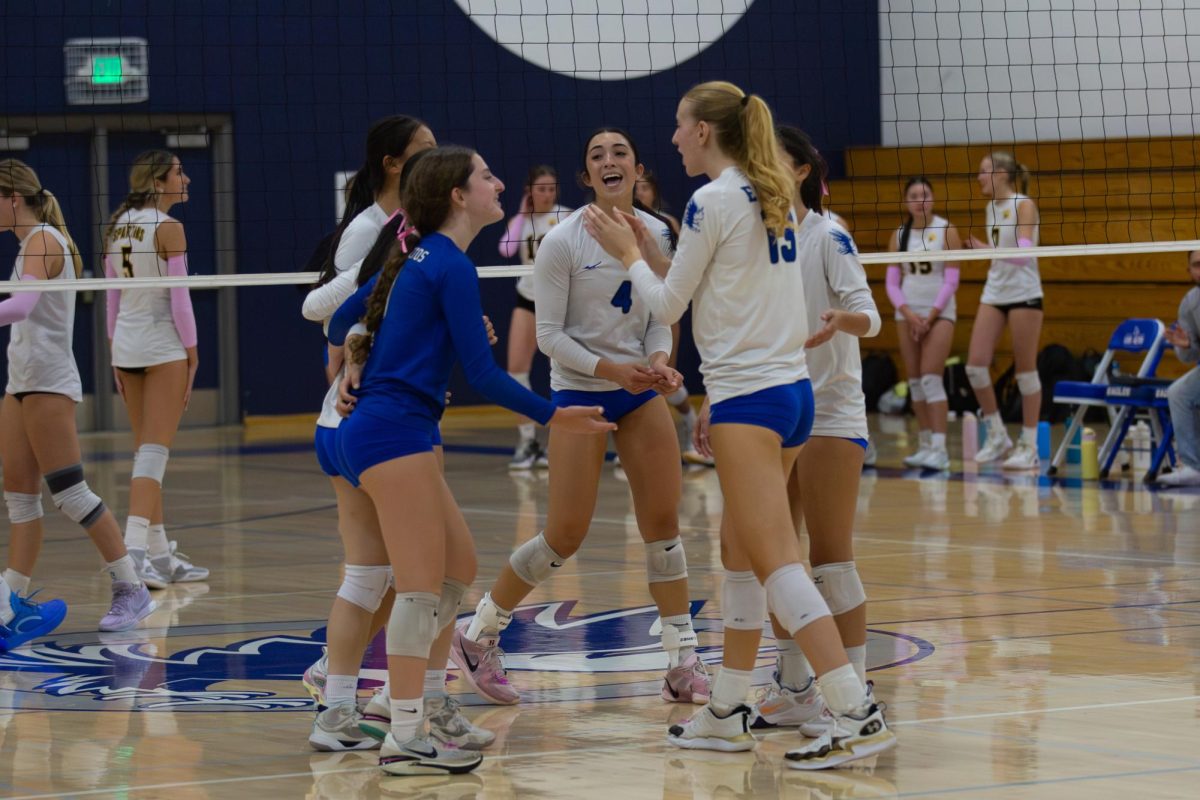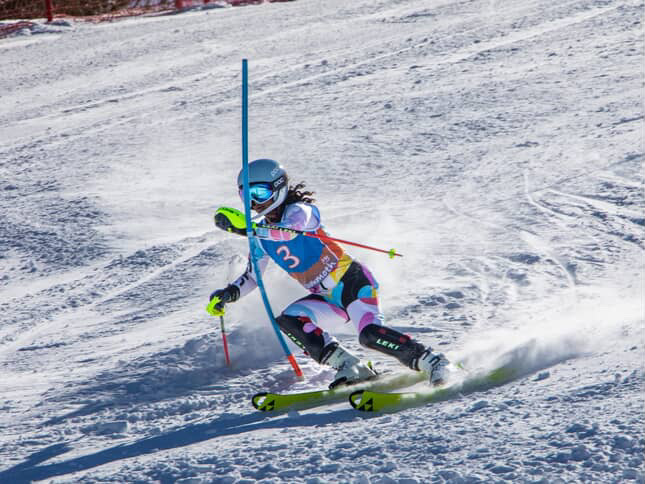The days leading up to game day are vital to an athlete’s performance, and athletes need to take caution before, during and after the match.
Athletes use many methods to be in their best shape—but which are actually helpful?
The Talon, with the help of the school’s athletic trainer, Amy Greenhaw, discusses beneficial remedies and tricks that enhance performance and prevent injury.
Stretching and warm-ups
Many coaches advise their players to get a good stretch before heading out onto the field. The popular conception is that stretching not only decreases the risk of injury, but also possibly enhances an athlete’s performance.
Stretching loosens muscles, which makes it easier to move and reduces unnecessary muscle strain.
“I think that both static and active warm-up are beneficial,” Greenhaw said. “I don’t think you should just do static stretching. You should do a warm-up before you stretch, because if you just pull your arm across your body your muscles are cold and they’re not going to stretch as much as they should be stretched.”
Greenhaw said that athletes should also stretch after an activity, in order to relax fatigued muscles.
Pain Medications
“Pain is a natural mechanism to tell your body that something wrong,” Greenhaw said. “By covering that up, you’re allowing your body to become more injured and you’re unaware of it.”
Sometimes, athletes who are not not already injured take medications anyway, which complicates matters if they are injured while under the influence.
“If they become injured during the game, they can’t fully explain to me what’s going on because it’s not how their body truly experiences the injury, it’s tainted,” Greenhaw said.
When hurt, it is important to take a break to avoid further damaging injuries. There are also many alternatives to pain medications depending on the injury.
“With cramps, I do different stretching methods with them that have been shown in the research to help the muscle ease, and then I do different functional movements,” Greenhaw said.
Sports Drinks and Water
Sports enhancement drinks usually have a mixed coverage in the media. Gatorade, for example, is considered to be nourishing and re-energizing because it contains electrolytes such as potassium, sodium and calcium. However, there’s a catch.
“I do not recommend full-strength Gatorade to my athletes,” Greenhaw said. “Yes, it does have electrolytes … but it has a high sugar content, and we know that it’s not good for you to go eat a bunch of candy bars and then go on the playing field because your body doesn’t perform well on simple sugars.”
Sports drinks also don’t react immediately; like nutrition, it takes some time for the carbs and electrolytes in the drink to affect muscles.
“Drinking it right when you get a cramp [does] not cure right away,” Greenhaw said. “[But] I haven’t seen enough supporting evidence in the research to take one side or the other on sports performance drinks.”
Instead, water is a safer and more natural choice.
“Hydrating the day before [a match] is very important, as well as the day of and after as well,” Greenhaw said. “I would say it would be very unwise to start drinking water the day of or right before the match.”
Nutrition: Carbs
Athletes’ plate should contain more carbohydrates than usual. Why?
“Carbohydrates are more easily broken down in your body,” Greenhaw said. “Carbs are quick energy for your body because it’s able to process them more easily and it is able to go straight into your blood stream.”
Studies have shown that consuming a carbohydrate-rich meal about 12 to 18 hours before a sporting event can help improve endurance as well as other elements of athleticism.
It is especially important to replenish and repair muscles by indulging in carbohydrates 30 to 40 minutes after a game. As few as 100 calories after the game can make a significant difference in restoring energy, which can be beneficial for the next day. For example, a runner can lose 30 percent of their energy during a run. Not eating within the next 30 to 45 minutes and instead eating 2 to 3 hours later results in only gaining 15 percent back, leaving the runner with 85 percent of their energy the next day.
Icy-Hot and Topical Ointments
Icy-Hot and other topical ointments are usually used to heal pain after being injured. However, topical medications don’t go deep enough into the muscle. Instead, they only touch the skin and upper muscles.
“All of the research that I have seen on products such as IcyHot, Tiger Balm, Bengay, of all those topical medications, none of them have shown to have a direct effect on the muscles,” Greenhaw said.
It is best to ice down an injured area instead of applying topical ointments.
“I tend to think that those creams are a psychological medication,” Greenhaw said. “They tend to make you feel better in your mind but they don’t actually work.”
Cold Therapy and Heat Therapy
Cold and heat therapy are used for different types of injuries depending on how far the injury has progressed. Cold therapy incorporates ice and cold baths to heal swelled areas and pain associated with a new injury.
“Cold therapy is most often used within the first 24 to 72 hours of injury, because there is usually swelling or pain associated with the new injury ,” Greenhaw said. “So you use cold to decrease the swelling and decrease the pain to that area.”
Ice is the best treatment for bruises (which are formed by damaged blood vessels) by decreasing the blood flow to the damaged area. Ice can also be used as a post-exercise remedy that relaxes muscles and prevents injury the next day.
“When you exercise, you get an increased amount of blood flow to the muscles that are used, so you can use that ice afterwards to decrease that blood flow,” Greenhaw said. “You don’t have to necessarily use it every day.”
Unlike cold therapy, which is generally used right after injury or right after exercise, heat therapy is used before exercise to relax muscles. Methods for heat therapy include hot baths and hot packs, but those don’t go very deep into the tissue.
“What I usually use for heat therapy is activity,” Greenhaw said. “So I have [the athlete] jump on a stationary bike and bike for 15 minutes, or I’ll have them go on a small jog and warm up the muscles because that’s what’s going to penetrate the deepest into the tissues and relax muscles.”








